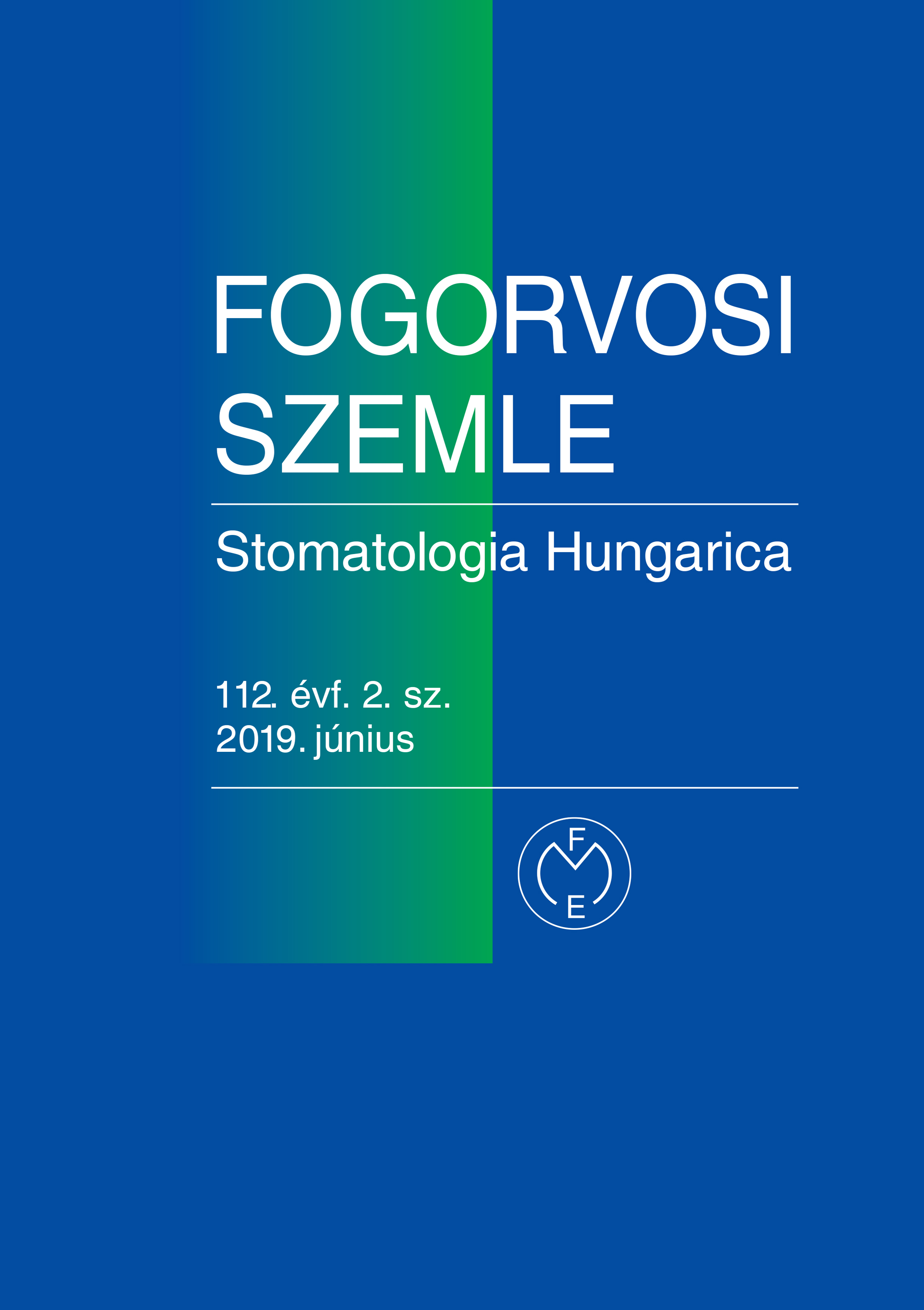Gorha-Stout Disease of the upper jaw: case report and review of the literature
Abstract
Gorham’s disease, or vanishing bone disease, is a rare condition of unknown etiology characterized by bone absorption.
The disease can affect any part of the skeleton, however the pelvis, humerus, axial skeleton and the mandible are more
frequently involved. The mechanism of bone resorption is unclear, but localized endothelial proliferation of lymphatic vessels
is shown in osteolytic lesions The diagnosis is based on clinical, radiological and histological features after excluding
other infectious, inflammatory, endocrine and neoplastic etiological factors. Medical treatment for Gorham’s disease
includes anti-osteoclastic medications (bisphosphonates), and alpha-2b interferon, radiation therapy induced sclerosis of
the proliferating vascular tissue within the bone. Also surgical treatment options are available including resection of the
lesion and reconstruction with bone grafts and/or prostheses. We present a case of Gorham’s disease of the right maxilla
in a 67 years old female affecting the alveolar process, zygoma and the floor of the orbit. The initial clinical manifestation
at the onset of the disease was the mobility of the upper right molars, mimicking periodontal disease followed by the
worsening of a preexisting diplopia with undefined origin. The patient received a medical treatment with zoledronic acid,
vitamin D and calcium carbonate for 12 months which proved to be effective in controlling the progression of the disease.
Copyright (c) 2021 Authors

This work is licensed under a Creative Commons Attribution 4.0 International License.


.png)




1.png)



